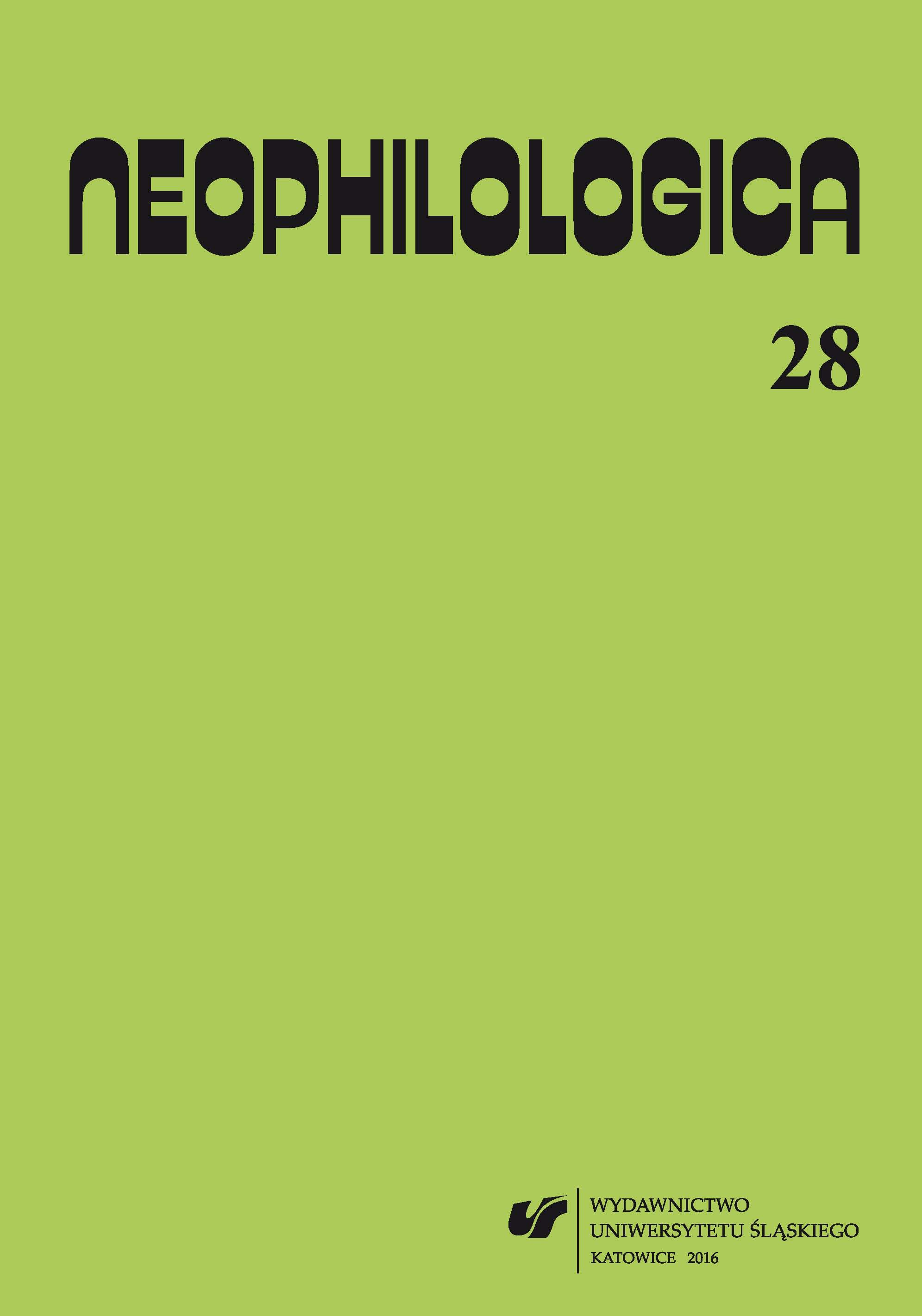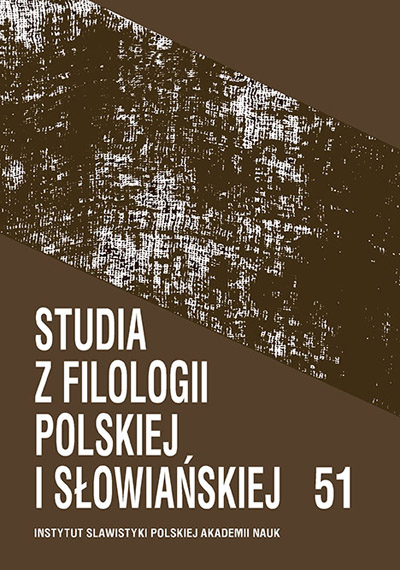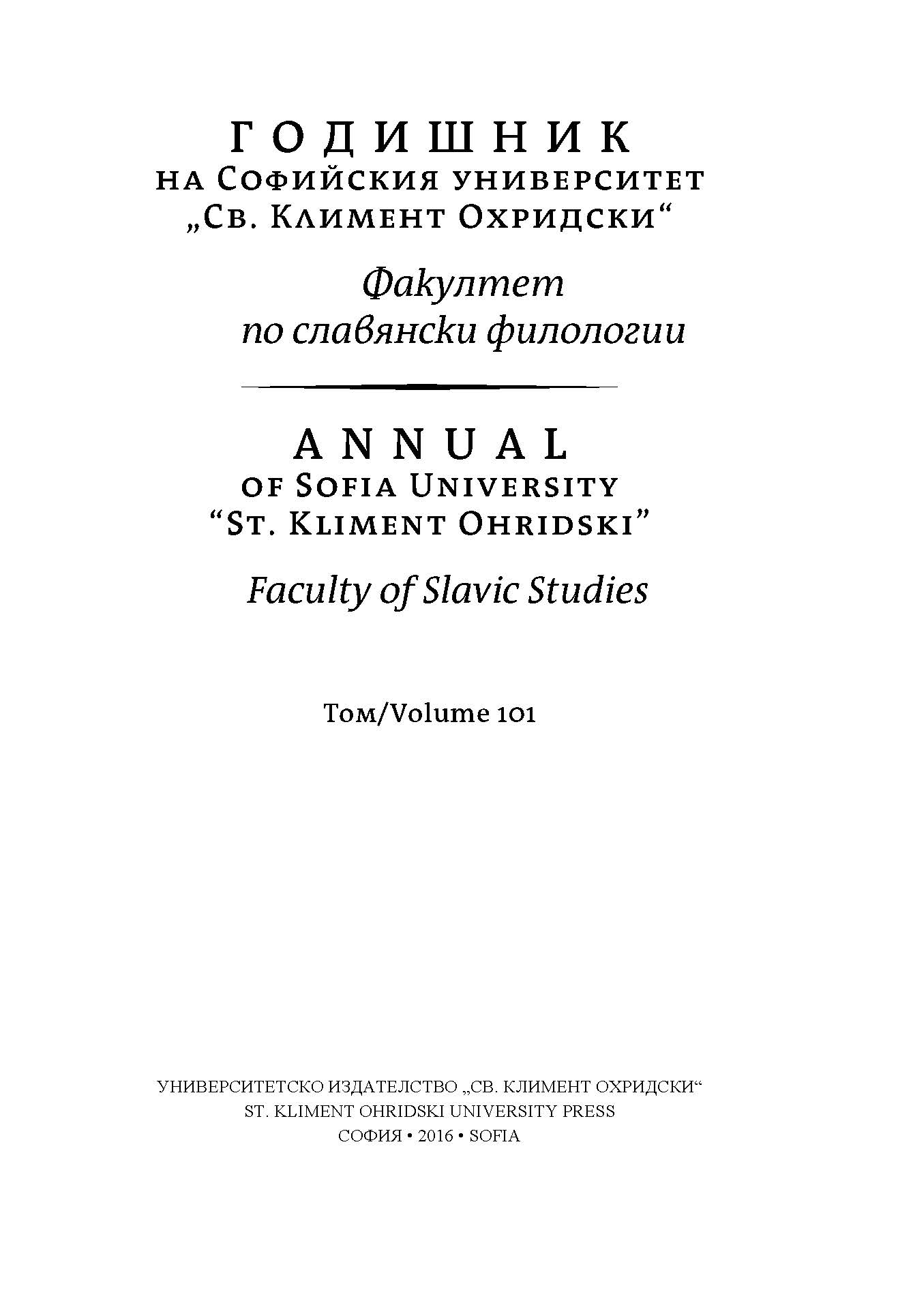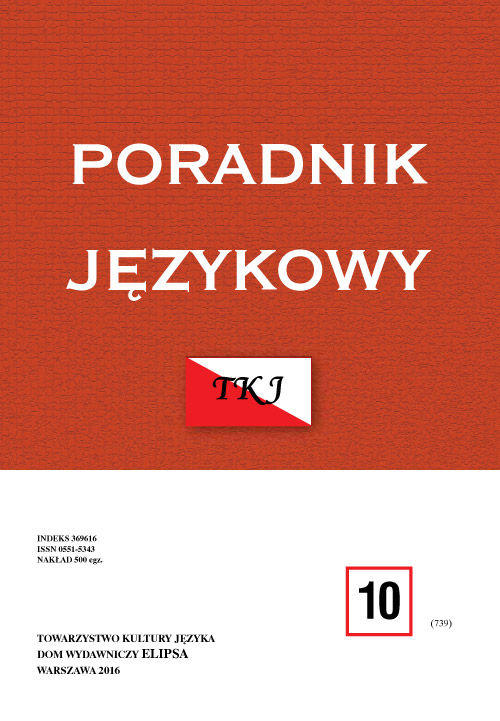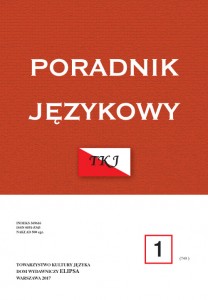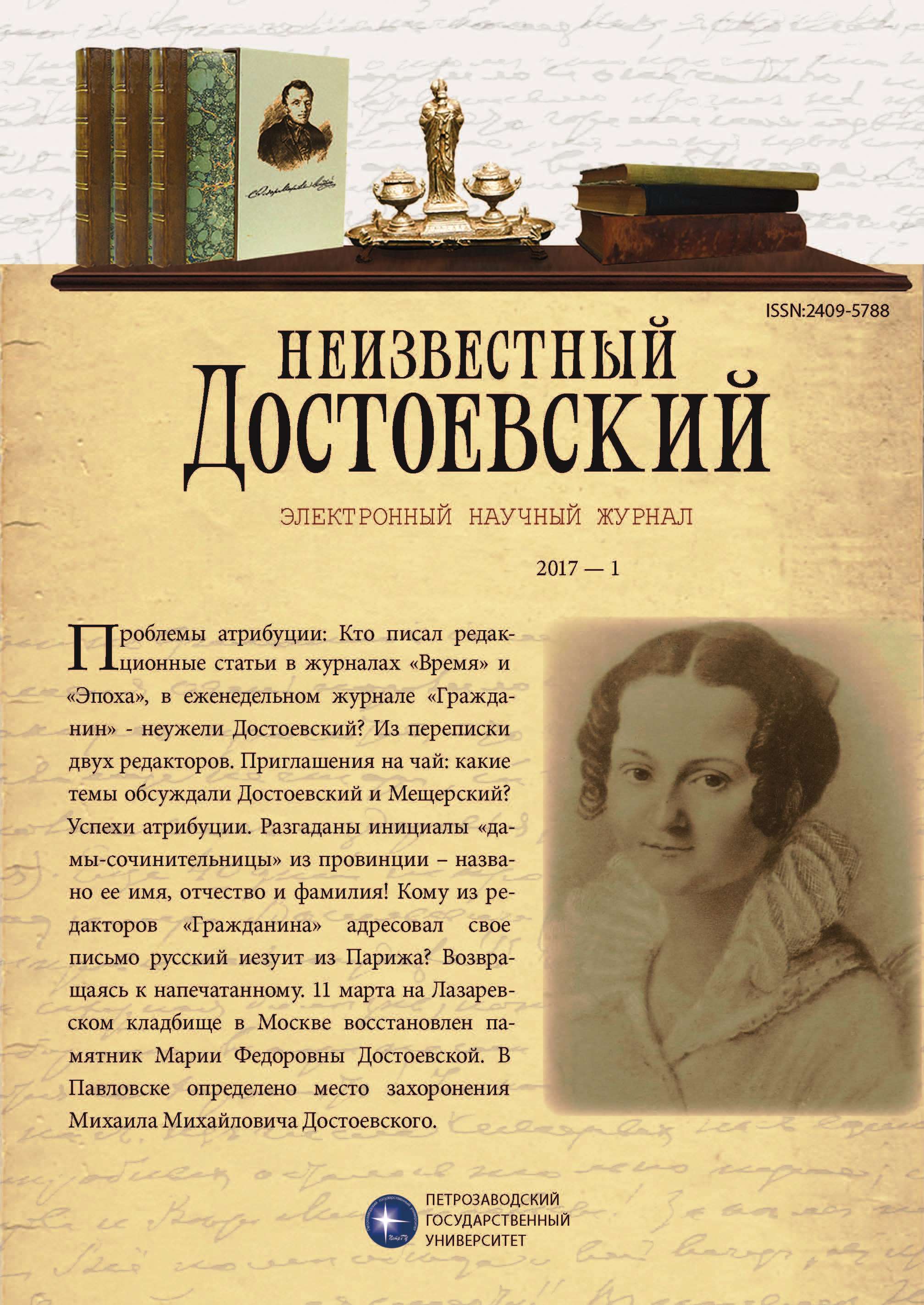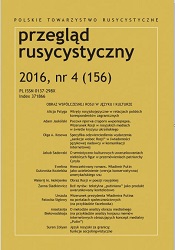ТАТАРСКО-РУССКОЕ ДВУЯЗЫЧИЕ В РЕГИОНАЛЬНОМ КОНТЕКСТЕ
This paper analyzes empirical data on the processes of development of Tatar-Russian bilingualism in a regional context. The aim of the research was to demonstrate the contradiction between the declared status of the Tatar language and the actual limitation of its use. Attention was paid to the gradual transformation of the Tatar language to a simple marker of ethnic identity. The following conclusion was made: achievement of the real bilingualism is possible only under the condition of preserving and expanding the instrumental function of the Tatar language.
More...
